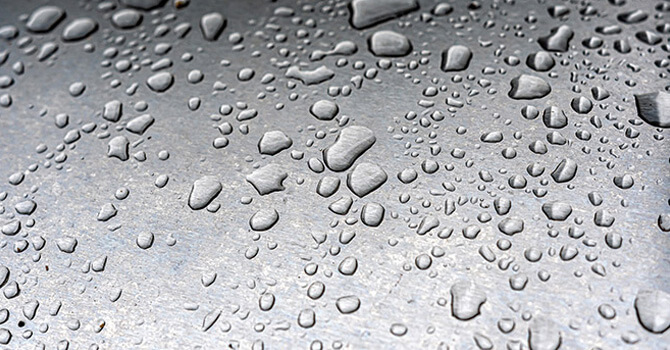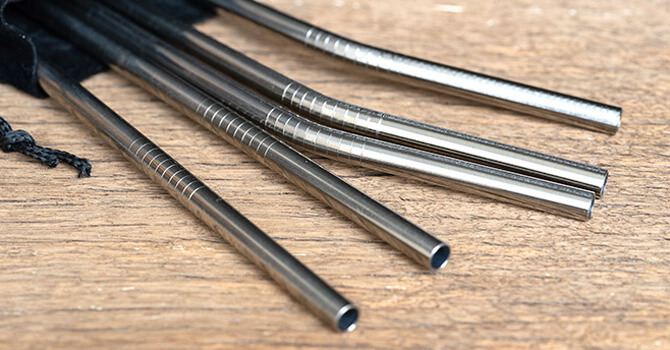A Simple Guide To Stainless Steel
Understanding Stainless Steel Grades And Their Uses

Stainless steel comprises of iron alloy with a minimum of 10.5% chromium, the chromium produces a thin layer of oxide on the surface of the steel (passive Layer) this prevents corrosion of the surface. By increasing the amount of chromium the more corrosion resistant the stainless steel.
Other metal elements such as Nickel, Molybdenum, Titanium and Copper, along with non-metal additions such as Carbon and Nitrogen are added to enhance formability and strength
It always important to choose the particular grade of stainless steel suited for purpose of use.
A good general rule is 304 Grade for indoor and 316 Grade for outdoor.
 |
AISI 304 Grade, A2 Stainless SteelInternal Use Dry Environments Good Corrosion Resistance Ideal for: Interior Balustrade, Handrail, Internal Door Furniture, Shelving Supports, Interior Wire Rope and Rigging |
 |
AISI 316 (Marine) Grade, A4 Stainless SteelExternal and Internal Use Wet and Humid Conditions Salt Water Environments Excellent Corrosion Resistance Ideal for: Exterior Balustrade, Handrail, Garden Trellis Systems, Wire Rope Assemblies, Catenary Wires, Door Furniture, Turnbuckles, Exterior Rigging, Marine Shackles and Hardware |
Specialist Stainless Steels
Duplex and 2205 grade stainless steel is ideal for highly corrosive marine environments and offer a higher mechanical strength.
The Environmental Impact of Stainless Steel
Maybe you enjoy sipping your drink through a straw, but we all know how bad plastic straws are for the environment.
So how environmentally friendly would it be to switch to a stainless steel straw?

The Sustainability of Stainless Steel
Products made from stainless steel are typically designed for a long life, maybe even decades. It's often the primary reason for choosing stainless steel over other materials.
This in itself promotes its sustainabilty over other, throw away, products.
Life Cycle Assesment of Stainless Steel
We can measure the impact of stainless steel on the environment by looking at its entire life cycle.
This is recognised as an integrated approach called Life Cycle Assesment (LCA).
This is an extract from a report from the Boston Consulting Group.
"Steel's Contribution to a Low Carbon Europe 2050"."When looking at the potential emissions of the steel industry of 260 Mt to 305 Mt in 2050,
the net savings (as illustrated by the eight case studies) fully enabled by steel alone
are likely to exceed the total emissions of the steel sector."
(Boston Consulting Group, 2013).The reason for this is that stainless steel is one of the most versatile materials in the world because of its strength and formability.
It is used in construction, automotive industries, machine parts, packaging, aerospace, chemical and catering sectors... the list goes on.
And when stainless steel is used, it lasts for decades.
Also, stainless steel requires minimal maintenance which leads to lower costs and impacts.
Recycling Stainless Steel
Although most applications of stainless steel will last, it must be recognised that they will eventually reach an end of life.
This could be through damage, safety or even falling out of fashion.
When this happens it will need to be recycled.
And around 80% of stainless steel is recycled.
Stainless steel is a valuable metal and has an inherent incentive for recycling because of this.
Also, stainless steel doesn't degrade through the recycling process and maintains its physical properties.
So, it gets used and re-used time and time again.
Maybe we should replace our plastic straws and cups with stainless steel then?

